1,4-Diacetylbenzene
- CAS NO.:1009-61-6
- Empirical Formula: C10H10O2
- Molecular Weight: 162.19
- MDL number: MFCD00008750
- EINECS: 213-769-4
- SAFETY DATA SHEET (SDS)
- Update Date: 2025-07-28 17:37:18
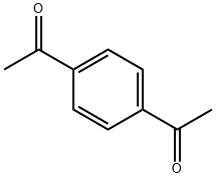
What is 1,4-Diacetylbenzene?
Chemical properties
ALMOST WHITE TO LIGHT BROWN CRYSTALLINE POWDER
The Uses of 1,4-Diacetylbenzene
1,1''-(1,4-phenylene)bis-Ethanone can undergo oxidative C-C Bond Cleavage to synthesize an aryl carboxylic acid with an iodine catalyst . 1,1''-(1,4-phenylene)bis-Ethanone is also capable of Suzuki-Miyaura coupling.
Synthesis Reference(s)
The Journal of Organic Chemistry, 26, p. 4308, 1961 DOI: 10.1021/jo01069a031
Synthetic Communications, 26, p. 3175, 1996 DOI: 10.1080/00397919608004626
Purification Methods
Crystallise it from EtOH (m 114o) or *benzene and dry it in a vacuum over CaCl2. Also purify it by dissolving it in acetone, treating with Norit, evaporating and recrystallising from MeOH. The dioxime has m 248-259o. [Wagner et al. J Am Chem Soc 108 7727 1986]. [Beilstein 7 H 686, 7 II 624, 7 III 3504, 7 IV 2156.]
Properties of 1,4-Diacetylbenzene
| Melting point: | 111-113 °C (lit.) |
| Boiling point: | 120 °C / 1mmHg |
| Density | 1.0613 (rough estimate) |
| refractive index | 1.5120 (estimate) |
| storage temp. | Sealed in dry,Room Temperature |
| form | powder to crystaline |
| color | White to Almost white |
| Water Solubility | 6.309mg/L(25 ºC) |
| BRN | 1907515 |
| InChI | InChI=1S/C10H10O2/c1-7(11)9-3-5-10(6-4-9)8(2)12/h3-6H,1-2H3 |
| CAS DataBase Reference | 1009-61-6(CAS DataBase Reference) |
| NIST Chemistry Reference | Ethanone, 1,1'-(1,4-phenylene)bis-(1009-61-6) |
| EPA Substance Registry System | Ethanone, 1,1'-(1,4-phenylene)bis- (1009-61-6) |
Safety information for 1,4-Diacetylbenzene
| Signal word | Warning |
| Pictogram(s) |
 Health Hazard GHS08 |
| GHS Hazard Statements |
H304:Aspiration hazard H350:Carcinogenicity |
| Precautionary Statement Codes |
P201:Obtain special instructions before use. P202:Do not handle until all safety precautions have been read and understood. P281:Use personal protective equipment as required. P331:Do NOT induce vomiting. P301+P310:IF SWALLOWED: Immediately call a POISON CENTER or doctor/physician. P308+P313:IF exposed or concerned: Get medical advice/attention. P403:Store in a well-ventilated place. |
Computed Descriptors for 1,4-Diacetylbenzene
| InChIKey | SKBBQSLSGRSQAJ-UHFFFAOYSA-N |
| SMILES | C1(C(=O)C)=CC=C(C(=O)C)C=C1 |
New Products
Indole Methyl Resin tert-butyl 9-methoxy-3-azaspiro[5.5]undecane-3-carboxylate Boc-His(Boc)-OH 2-CTC Resin 4-Chloro-7-tosy1-7Hpyrrolo[2,3-d]pyrimidine 5,7-Dibromo-1H-indole 2,5-dichloro-N-hydroxy-4,6-dimethylpyridine-3-carboximidamide 2,2-Dimethoxy-7-azaspiro[3.5]nonane hydrochloride 4-chloromethyl-5-methyl-1,3-dioxol-2-one (DMDO-Cl) R-2-BENZYLOXY PROPIONIC ACID 1,1’-CARBONYLDIIMIDAZOLE 1,1’-CARBONYLDI (1,2-4 TRIAZOLE) N-METHYL INDAZOLE-3-CARBOXYLIC ACID 4-((2-hydroxyethyl)thio)benzoic acid 1-(TERT-BUTOXYCARBONYL)-2-PYRROLIDINONE Methyl 6-methylnicotinate 3-Pyridineacrylic acid tert-Butyl carbazate TETRAHYDRO-2H-PYRAN-3-OL 2-((4-morpholinophenylamino) (methylthio) methylene) malononitrile 3-(4-morpholinophenylamino)-5-amino-1H-pyrazole-4-carbonitrile 2,4-dihydroxybenzaldehyde 1,3-Diethyl-1,3-Diphenylurea Methyl 2-methylquinoline-6-carboxylateRelated products of tetrahydrofuran
![METHANONE, 1,1'-(1,4-PHENYLENE)BIS[1-(4-FLUOROPHENYL)-]](https://img.chemicalbook.in/CAS/GIF/68418-51-9.gif)

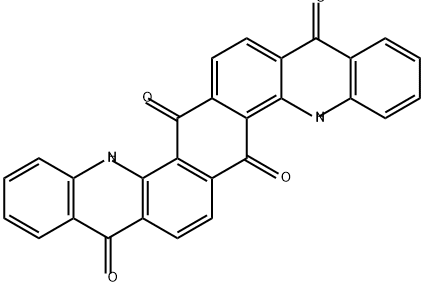


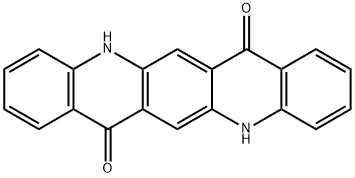
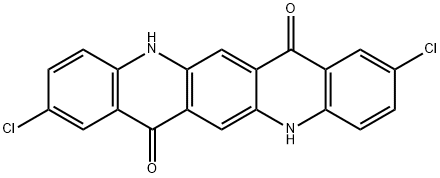
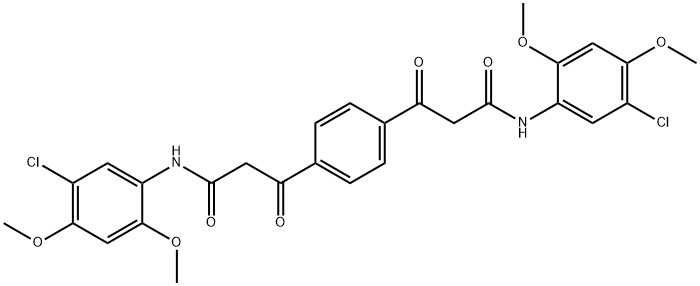
You may like
-
 1,4-Diacetylbenzene CAS 1009-61-6View Details
1,4-Diacetylbenzene CAS 1009-61-6View Details
1009-61-6 -
 1,4-Diacetylbenzene CAS 1009-61-6View Details
1,4-Diacetylbenzene CAS 1009-61-6View Details
1009-61-6 -
 Pyridine 99.5% HPLC /UV SpectroscopyView Details
Pyridine 99.5% HPLC /UV SpectroscopyView Details
110-86-1 -
 Piperazine Spot supply, best priceView Details
Piperazine Spot supply, best priceView Details
110-85-0 -
 Dibutyl PhthalateView Details
Dibutyl PhthalateView Details
84-74-2 -
 Imidazole Spot supply, competitive priceView Details
Imidazole Spot supply, competitive priceView Details
288-32-4 -
 Octadecyl 3-(3,5-di-tert-butyl-4-hydroxyphenyl)propionate 98% (GC)View Details
Octadecyl 3-(3,5-di-tert-butyl-4-hydroxyphenyl)propionate 98% (GC)View Details
2082-79-3 -
 Thiourea 99% ARView Details
Thiourea 99% ARView Details
62-56-6
Statement: All products displayed on this website are only used for non medical purposes such as industrial applications or scientific research, and cannot be used for clinical diagnosis or treatment of humans or animals. They are not medicinal or edible.
